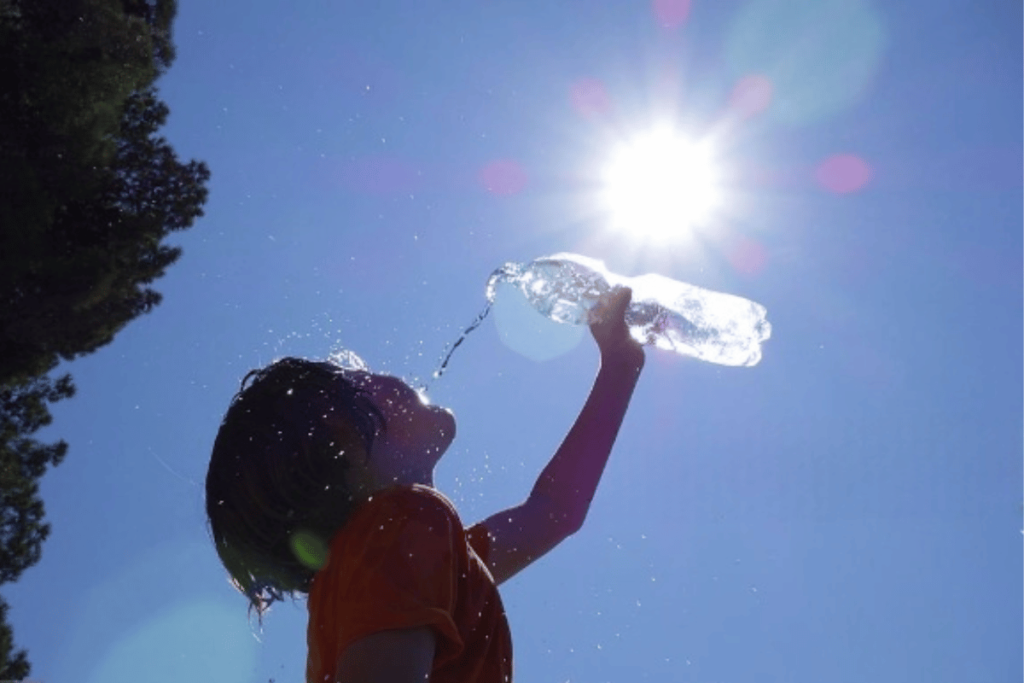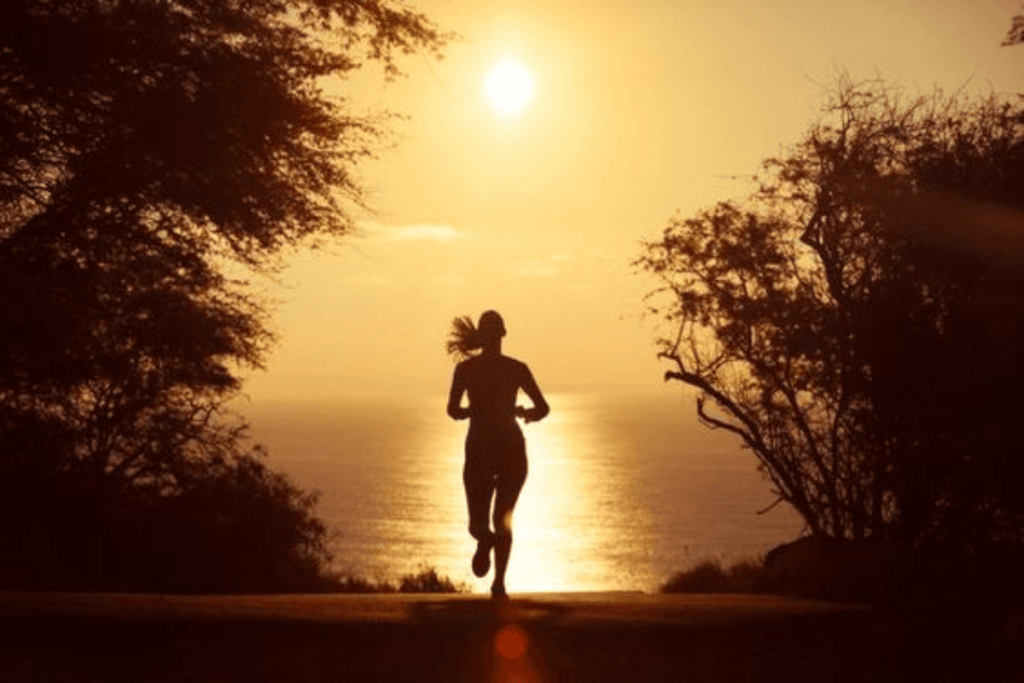Although enjoying summertime is great, intense heat can be fatal for both young and elderly, pregnant women, and individuals with long-term medical concerns.
However, there are many things we can do to shield our loved ones and ourselves from the heat!
1. Develop sun awareness
While it’s ideal to stay indoors during the hottest parts of the day, there are situations when it’s not possible. When enjoying the sun outdoors, keep in mind:

- Use sunscreen and reapply it frequently.
- Put a hat on your head.
- To prevent heatstroke or exhaustion, take frequent rests inside or in a shaded area.
- You can stay cool by dressing in loose-fitting, light-colored clothing.
2. Sip lots of water
Avoiding caffeine and ensuring that you’re drinking enough water are vital during hot weather. Drink ORS drinks to substitute lost fluids, carbohydrates, and salts.

Drinks that are hot or cold will both help to maintain the same core temperature. Avoid caffeine-containing beverages in the heat, such as tea and coffee, it’s usually better to stick to water. As you sweat during the day, the liquids you lose must be supplemented to avoid dehydration.
Dehydration symptoms include:
- A dry mouth
- Headache
- Sensations of lightheaded or dizziness
3. Choose light meals to stay cool
You would be considerably better off sticking to regular, light, well-balanced meals during the hotter months.

Eating foods high in water content, such as lettuce, strawberries, cucumbers, and celery, will also help you stay cool and hydrated during the heat.
In order to improve your hydration levels, you can also try foods like stews and soups that have a high fluid content.
4. Minimize physical activity to the morning and evening hours
Although it’s best to avoid drastically altering your schedule due to heat waves, there are situations when it might be necessary.

Running in the morning may seem like a punishment while you’re all snuggled up in bed, but exercising in the intense midday sun might put you at risk for heat exhaustion, dehydration, or even heatstroke.
When making plans for the day, keep the temperature in mind and try to avoid doing challenging tasks during the warmer months. If you want to exercise or participate in sports, remember to stay hydrated and take more breaks than normal to avoid overstressing your body.
In addition, remember to follow our other tips for being cool all day long and take a cold shower after working out to help you unwind.
5. Be aware of the risks
Your physical health can be seriously impacted by the heat, therefore it’s critical to watch out for symptoms of heatstroke and heat exhaustion, particularly during a heatwave.
Heatstroke is potentially significantly more deadly than heat exhaustion, despite the common misconception that the two conditions are the same.

Sweating and excreting too much water, salt, and sugar from the body might result in heat exhaustion. It can be managed by drinking lots of water, avoiding the sun, and practicing cooling down.
When the body’s temperature rises dangerously high and it is unable to cool itself, heat stroke develops. Muscle cramps, headaches, nausea, and disorientation are some of the symptoms.

Paler skin than usual is another symptom, depending on your skin tone, this could mean that your skin appears more yellowish, ashen, or grey. This color change may be simpler to see on the tongue, gums, nails, or palms of hands.
A person may experience heatstroke without any prior warning and suddenly lose consciousness.
It’s important to wrap them in a damp piece of clothing to help them chill down as soon as possible.

